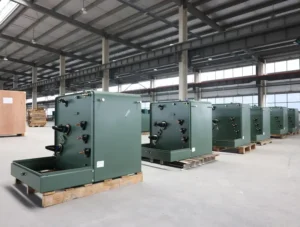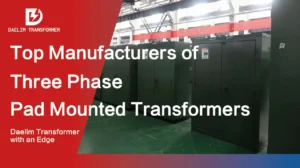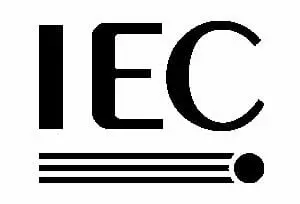Why is There Oil Inside the Transformer?

Oil inside a oil immersed transformer acts as both an insulator and a cooling agent, crucial for the safe and efficient operation of the device.
Transformers, particularly oil-immersed ones, use oil primarily for two reasons: insulation and cooling. The oil, typically a mineral oil or a synthetic fluid, is a highly effective insulator. It prevents electrical discharges and short circuits within the transformer by providing a high dielectric strength. This means it can withstand high voltages without breaking down, ensuring the internal components of the transformer are electrically isolated from each other and from the transformer casing.
Additionally, oil immersed transformer oil acts as a coolant. Transformers generate a significant amount of heat during operation due to the electrical currents flowing through their windings and the core. The oil absorbs this heat and circulates it away from the transformer windings and core, dissipating it through radiators or cooling fins attached to the transformer casing. This helps to maintain a stable operating temperature, preventing overheating and extending the lifespan of the transformer.
Small-substastion Transformer
Single Phase Pole Mounted Transformer
Oil Immersed Power Transformer
Table of Content
Insulation
- Dielectric Strength: Transformer oil has a high dielectric strength, which allows it to insulate high-voltage components effectively. This prevents arcing and short circuits within the transformer.
- Moisture Absorption: The oil also absorbs moisture, which can reduce the insulating properties of solid insulation materials like paper and pressboard used in transformers. By absorbing moisture, the oil helps to maintain the integrity of these materials.
Cooling
- Heat Dissipation: During the oil immersed transformer’s operation, electrical energy is converted into heat. The oil absorbs this heat and circulates within the transformer, transferring the heat to the external cooling structures like radiators.
- Maintaining Temperature: By continuously circulating and dissipating heat, the oil helps keep the transformer’s temperature within safe limits, ensuring efficient performance and preventing thermal degradation of the insulating materials.
Preventing Oxidation
Sealing Against Air: Transformer oil acts as a barrier to oxygen, preventing it from coming into contact with the transformer’s internal components. Oxygen can cause oxidation of the insulation materials and other components, leading to deterioration and potential failure.
Learn more: 5+FAQ About 15kV Transformer
Arc Quenching
- Suppressing Electrical Arcs: In the event of a fault, the oil can help suppress electrical arcs within the transformer, minimizing damage and enhancing safety.
For readers seeking practical advice on maintaining oil-immersed transformers, regular monitoring of the oil’s condition is essential. This includes:
- Oil Testing: Regular testing for dielectric strength, moisture content, acidity, and dissolved gas analysis (DGA) to detect early signs of problems.
- Oil Filtration: Periodic filtration to remove impurities and moisture, extending the oil’s effectiveness and the transformer’s lifespan.
- Temperature Monitoring: Continuous monitoring of oil immersed transformer temperature to ensure the cooling system is functioning properly.
Understanding the role of oil in transformers can help operators maintain their equipment more effectively, leading to improved reliability and longevity of their electrical systems.
Get it now: Basic Guide To Oil Immersed Transformer











